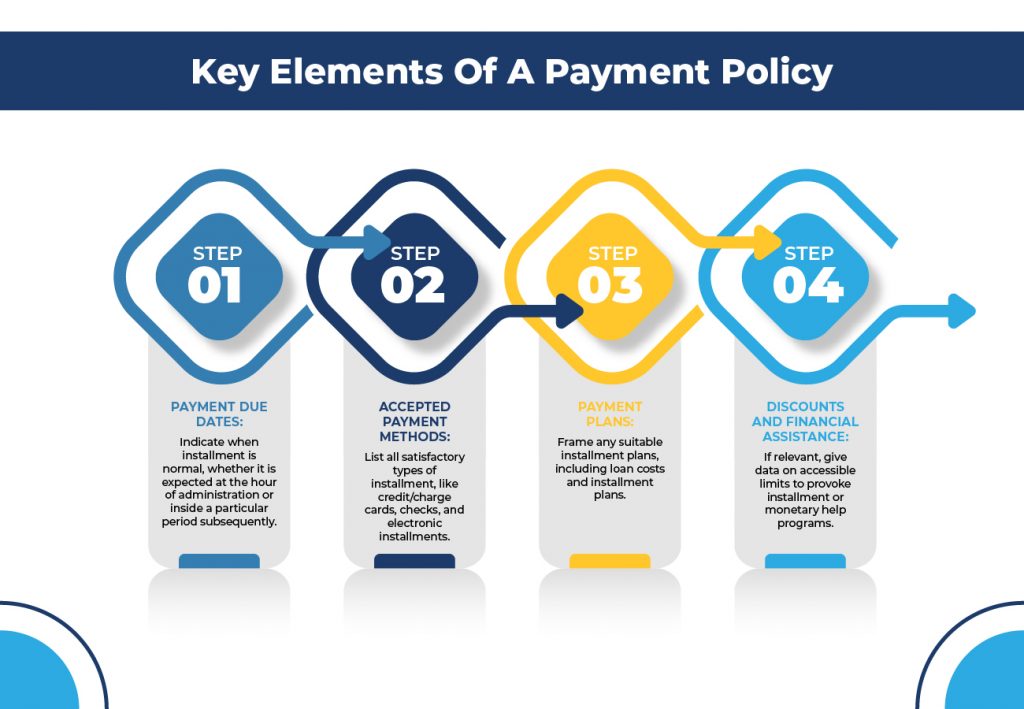As healthcare costs continue to rise, the number of self-pay patients without insurance coverage has steadily increased. For healthcare providers, understanding how to charge self-pay patients effectively is essential to maintaining a financially viable practice. This comprehensive guide will outline the crucial rules for managing charges for self-pay patients, ensuring compliance and patient satisfaction.
Transparency is crucial when it comes to charging self-pay patients. Providing clear upfront pricing builds trust. It minimizes disputes later on. Patients should always be informed about the cost of services before they are rendered. This includes detailing each component of the charge. This involves the costs of consultations, test procedures, and any additional fees.
Transparency also involves offering itemized bills that break down all charges. Itemized billing is not only a sign of professionalism but also aids in avoiding any potential confusion or misunderstanding. It allows patients to see exactly what they are being charged for and why.
A well-defined payment policy is key to ensuring that both the provider and the patient have a clear understanding of payment expectations. The policy should cover aspects such as payment timelines, acceptable payment methods, and any available payment plans or discounts.

Guarantee that the installment strategy is conveyed plainly to patients, both verbally and recorded as a hard copy. The strategy ought to be remembered for any pre-arrangement administrative work and talked about during the patient’s visit. This stays away from any surprises and guarantees that patients figure out their financial responsibilities.
Given the financial burden that medical care expenses can force, offering adaptable installment choices to self-pay patients is fundamental. This can incorporate installment plans, sliding scale expenses, and limits for forthright installments. Adaptable installment choices not only make it simpler for patients to deal with their medical care costs but also improve the probability of opportune installments, diminishing the gamble of terrible obligation for the training.
Installment plans are a useful answer for patients who will most likely be unable to take care of their bill in full right away. These plans permit patients to spread the expense throughout some undefined time frame, making medical care more reasonable.
Sliding scale charges depend on a patient’s capacity to pay. By changing charges as per pay levels, suppliers can guarantee that all patients get the consideration they need without bringing about unmanageable obligation.
Offering a markdown for upfront installment can be a viable method for empowering patients to come up with all required funds at the hour of administration. This not only gives prompt income to the training but also lessens authoritative expenses related to charging and assortments.
A proactive assortment procedure is fundamental for overseeing money due and limiting neglected bills. Convenient and reliable subsequent unpaid balances are critical to maintaining monetary well-being. This includes setting up updates for patients and utilizing assortment methodologies that are firm yet deferential.
Proactive communication is key to successful collections. Sending reminders before the payment due date can help ensure that patients are aware of their upcoming obligations. Follow-up calls or emails shortly after the due date can also prompt patients to make payments.
At times, outsourcing assortments to an outsider agency might be valuable. This can let loose inward assets and guarantee that assortments are dealt with in an expert and productive way. Nonetheless, it is essential to pick a trustworthy office that sticks to moral practices and keeps up with the patient-supplier relationship.
Consistence with legitimate and moral guidelines is non-debatable while charging self-pay patients. Suppliers should guarantee that their charging rehearses comply with state and government guidelines, including those connected with cost straightforwardness, obligation assortment, and patient freedoms.
Ethical billing practices are a lawful necessity as well as a foundation of patient trust. This incorporates precise coding of administrations, keeping away from upcoding, and guaranteeing that patients are charged decently and fittingly for the administrations they get.
Finally, it is essential to train all staff members involved in the billing process on best practices for charging self-pay patients. This includes ensuring that they understand the payment policy, know how to communicate charges effectively, and are familiar with legal and ethical standards.
Billing practices and guidelines can change regularly, so progressing instruction is important to stay up with the latest. This can incorporate normal instructional courses, studios, and admittance to refreshed assets.
Staff ought to likewise be prepared in client assistance abilities to deal with billing requests and debates expertly. A positive and understanding methodology can go far in settling issues and keeping up with patient fulfillment.
Charging self-pay patients requires an essential methodology that adjusts straightforwardness, adaptability, consistency, and patient fulfillment. By keeping these fundamental guidelines, medical services suppliers can guarantee that they are charging self-pay patients in a manner that is both moral and monetarily sound. Executing clear installment approaches, offering adaptable installment choices, and keeping up with consistency with legitimate principles are basic parts of a powerful charging technique.
Self-pay in medical care implies that the patient is liable for covering their doctor’s visit expenses straightforwardly, without utilizing insurance. Patients pay personnel for administration at the hour of care.
If a patient according to HIPAA pays for the service themselves and, requests to keep their health information private from their insurer, providers must comply and not disclose that information to the insurance company.
Remember that self-pay rates are often established according to the healthcare provider’s pricing policies. These rates may feature discounts as payment is made upfront, eliminating administrative costs linked to insurance claims.
In the domain of medical billing, self-pay signifies the patient’s immediate installment for medical care administrations without including an insurance agency.
Optimize billing, claims and collections with expert RCM support let our professionals handle the process so you can focus on patient care.
